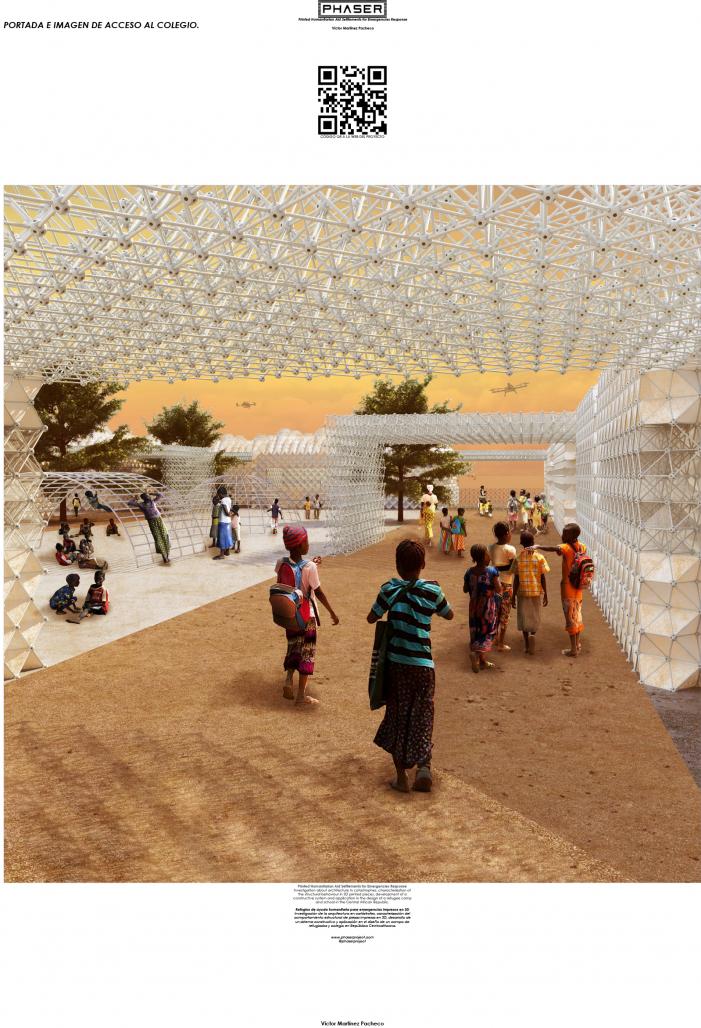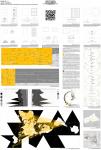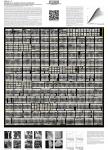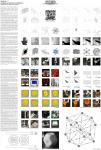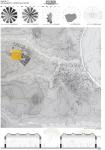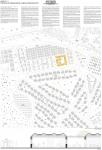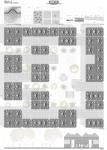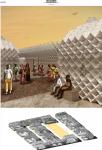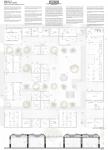The PHASER (Printed Humanitarian Aid Settlements for Emergencies Response) project consists of a process of reviewing emergency architecture, researching new constructive forms and 3D printing to meet the needs of humanitarian disasters and the recycling of plastic bottles for construction of a school in the PK3 refugee camp in Bria, Central African Republic.
The project arises from two fundamental problems. On the one hand, the environmental problem posed by plastic in global pollution. On the other hand, it is shocking that situations of extreme need occur in some populations within such an interconnected world. Currently, there are people who have to leave their homes forcibly through no fault of their own, and one of them is climate change, which forces thousands of people every year to flee to a safer place. In this context, it was decided to start an investigation on the implications in these situations to propose how to end them.
In the study of humanitarian disasters it was observed that 3D printing solved many of the problems that arose and a research work that lasted more than two years was started on the structural applications of conventional 3D printing (very low cost printers) to achieve that the results were immediately assimilated by the most vulnerable groups.
One of the proposed applications is the creation of a school in the PK3 displaced camp due to the impact of education on the empowerment of populations. A new management of the camp is proposed based on the UN recommendations with a design with a gender perspective. This school, designed entirely with 3D printed plastic from recycled bottles, is fully self-sufficient.
This work is presented as a declaration of intentions from the socioclimatic perspective of architecture, betting on reversing the environmental emergency from the perspective of dignifying the lives of people in need thanks to new technologies.
2019
0000
Different prototyping tests were carried out to validate the possibility of arriving at a geometric system that would allow lifting large structures with a 20cm printer.
It was investigated for more than a year in the polymer transformation laboratories of the National Chemistry Reference Center to characterize the structural behavior of these 3D printers and optimize the use of the material to the maximum to reduce consumption, its weight and maximize its performance. Once characterized, a campaign was started to collect PET plastic bottles to process and recycle them with the aim of turning them into shelters for humanitarian aid in a circular economy exercise.
Victor Martinez Pacheco, Maria Mestre Marti
Favorited 5 times
